Estimated reading time: 5 minutes
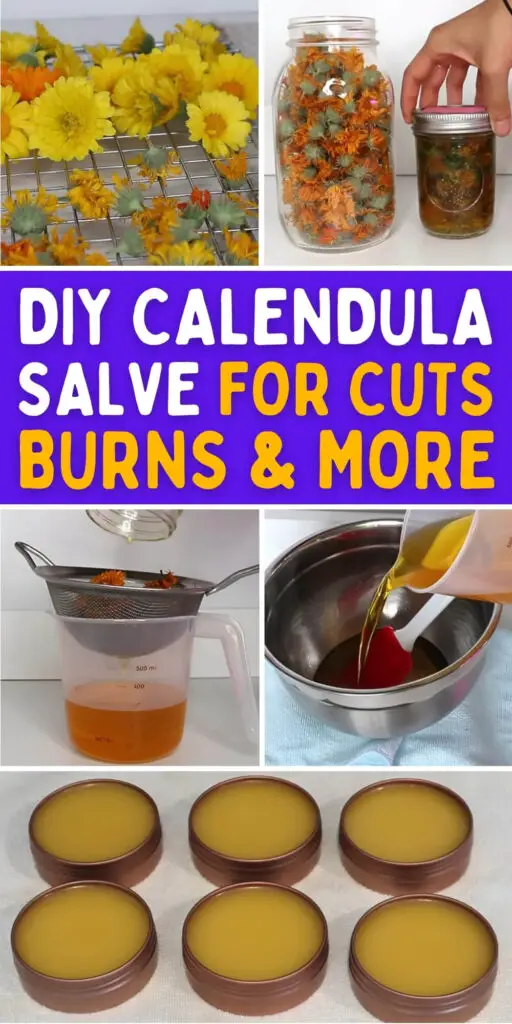
Calendula, also called pot marigold, is a bright, cheerful flower long prized in herbal medicine. Its petals contain potent compounds with anti‑inflammatory, antimicrobial, and skin‑soothing properties. That makes calendula ideal for helping wounds, cuts, burns, eczema, rashes, and other irritated skin get back to normal faster.
While teas, compresses, and oils are all common uses, one of the most effective ways to deliver calendula’s healing benefits topically is via a salve. A salve (or balm) is a thick, oil‑and‑wax blend that seals in moisture, forms a protective layer, and slowly releases the herb’s actives into the skin. It’s ideal for open areas (like hands, elbows, feet) and wound sites, rather than watery formulations that evaporate quickly.
To help you make one yourself, I found a video by Grounded Haven Homestead that gives a straightforward, beginner‑friendly recipe for DIY calendula salve. Below is a cleaned-up version of their method, along with tips and usage notes.
Materials & Ingredients You’ll Need
- A carrier oil (such as sweet almond oil, olive oil, or another gentle oil)
- Beeswax (or beeswax pellets)
- A double boiler (or a heat-safe bowl over simmering water)
- Glass jars or tins for storage
- Optional: essential oils (like lavender, tea tree) or vitamin E as a preservative
- Dried calendula petals
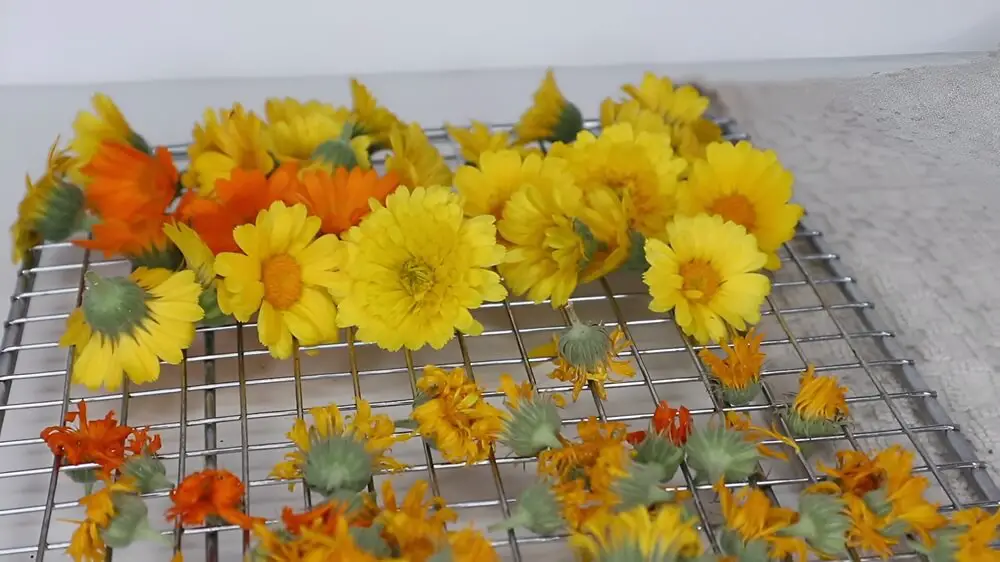
Step-by-Step Instructions
1. Infuse the oil with calendula
Place dried calendula petals into a jar or clean glass container.
Pour your carrier oil over the petals until they are fully submerged.
Allow the mixture to infuse for at least three days and up to a few weeks in a warm, stable spot. You can also use gentle heat (low warmth) to speed extraction, but don’t overheat and ruin the herb’s active compounds.
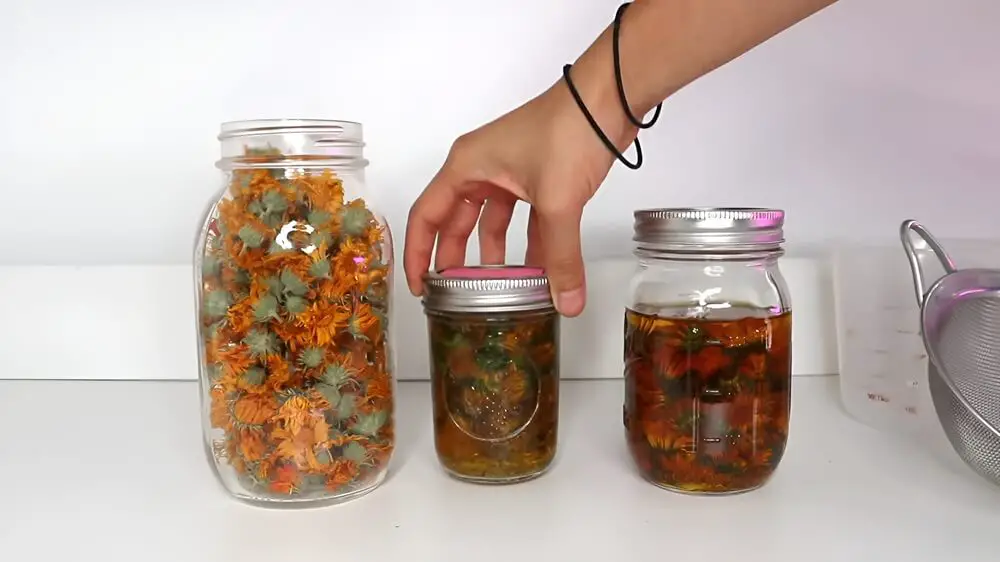
2. Strain the infused oil
After infusion, strain out the petals using fine mesh, cheesecloth, or a nut milk bag.
Press or squeeze out as much oil as you can from the spent petals.
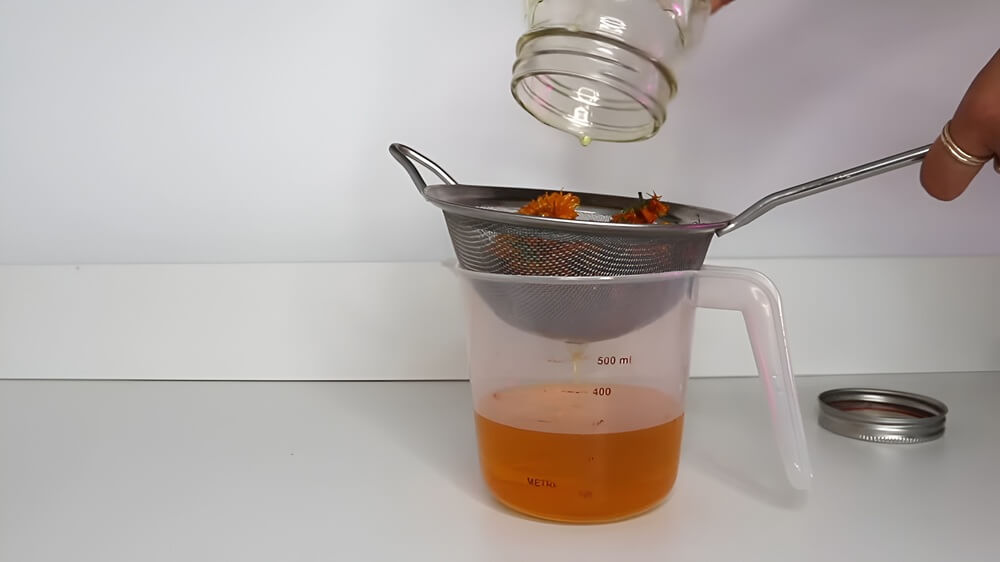
3. Melt in beeswax
Using a double boiler (or heat-safe bowl over simmering water), combine the calendula-infused oil with beeswax.
A common salve ratio is about 1 part beeswax to 4 parts infused oil, but you may adjust firmness by increasing or decreasing wax.
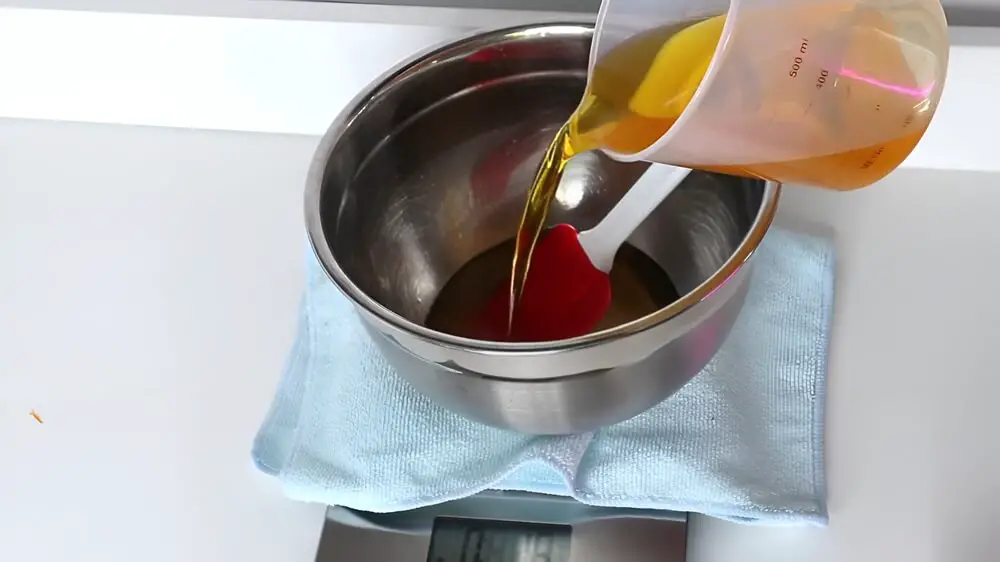
4. Optional additions & final mixing
If desired, stir in a drop or two of essential oils (such as lavender for soothing, tea tree for its antiseptic effect).
Vitamin E oil can be added as an antioxidant preservative.
5. Pour & cool
Carefully pour the hot blend into prepared jars or tins.
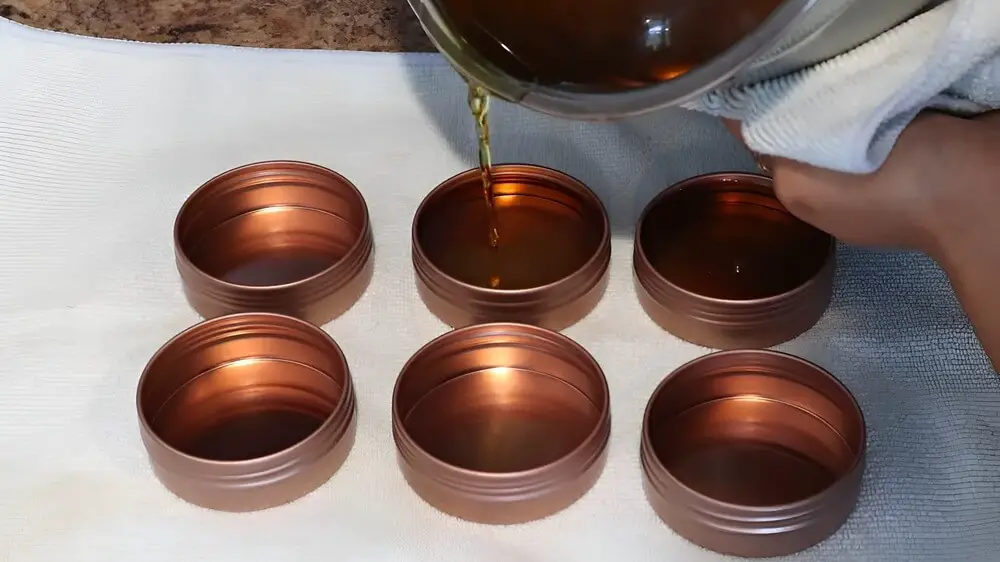
Let it cool and solidify (usually at room temperature). Once set, cap the containers.
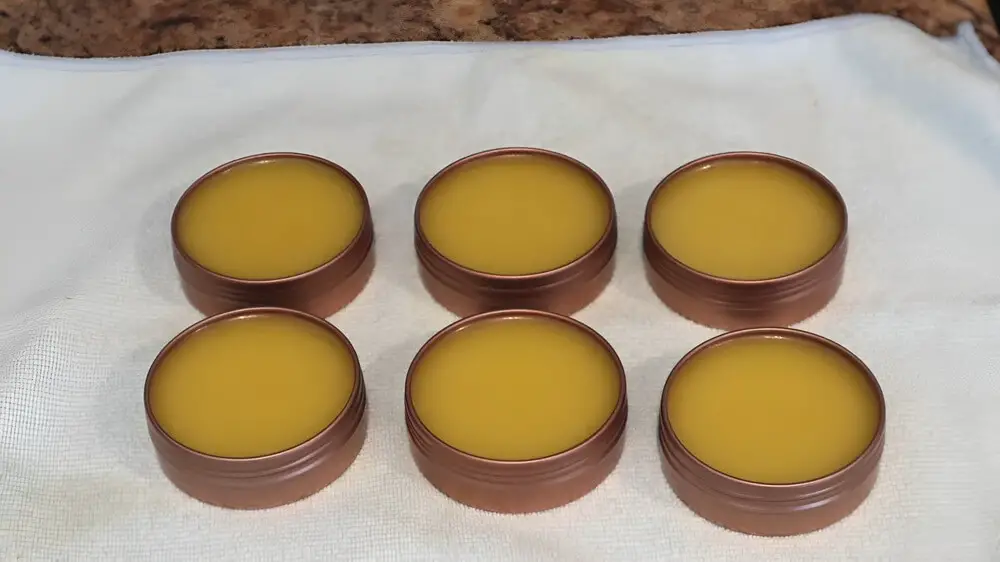
6. Label & store
Label your containers (date, ingredients).
Store in a cool, dark place to preserve potency. Avoid high heat or direct sunlight.
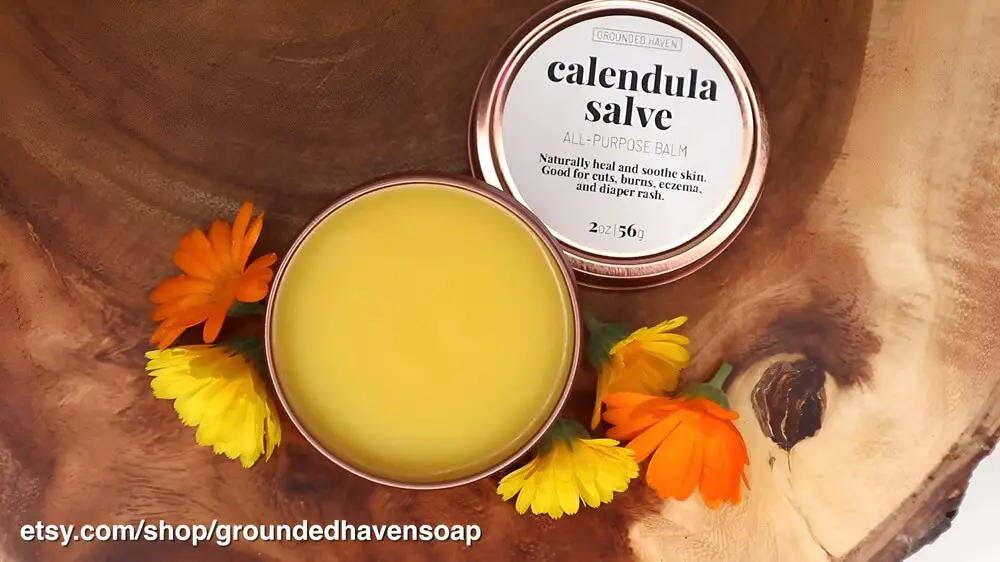
By the way, if you don't want to make the salve yourself, you can purchase some from her Esty shop.
How to Use a Calendula Salve
- Use it on minor cuts, scrapes, burns, rashes, eczema patches, cracked heels, insect bites or anywhere your skin needs some gentle, emollient healing support.
- For best effect, clean and dry the area first, then apply a thin layer 1–3 times daily. Cover with a bandage if needed.
Tips, Safety, and Variations
- Patch test first: Even herbal skincare can cause sensitivity in rare cases.
- Quality of ingredients matters: Use organic or pesticide-free calendula, clean oils, and pure beeswax if possible.
- Adjust firmness: If your salve is too soft, increase the amount of beeswax next batch by a small margin. If too stiff, reduce wax or use a softer wax blend (e.g. a bit of cocoa butter).
- Shelf life: Calendula salves typically last 1 year or more if stored properly, but watch for signs of rancidity (off smell, discoloration).
- Variations: Some people add herbs like comfrey (heal faster) or plantain (soothing) to the infusion. Others might use coconut oil, jojoba, or shea butter blends.
You May Also Like:
The post DIY Calendula Salve for Cuts, Burns, and More appeared first on Homestead Survival Site.
from Homestead Survival Site https://ift.tt/eobtRn2
No comments:
Post a Comment